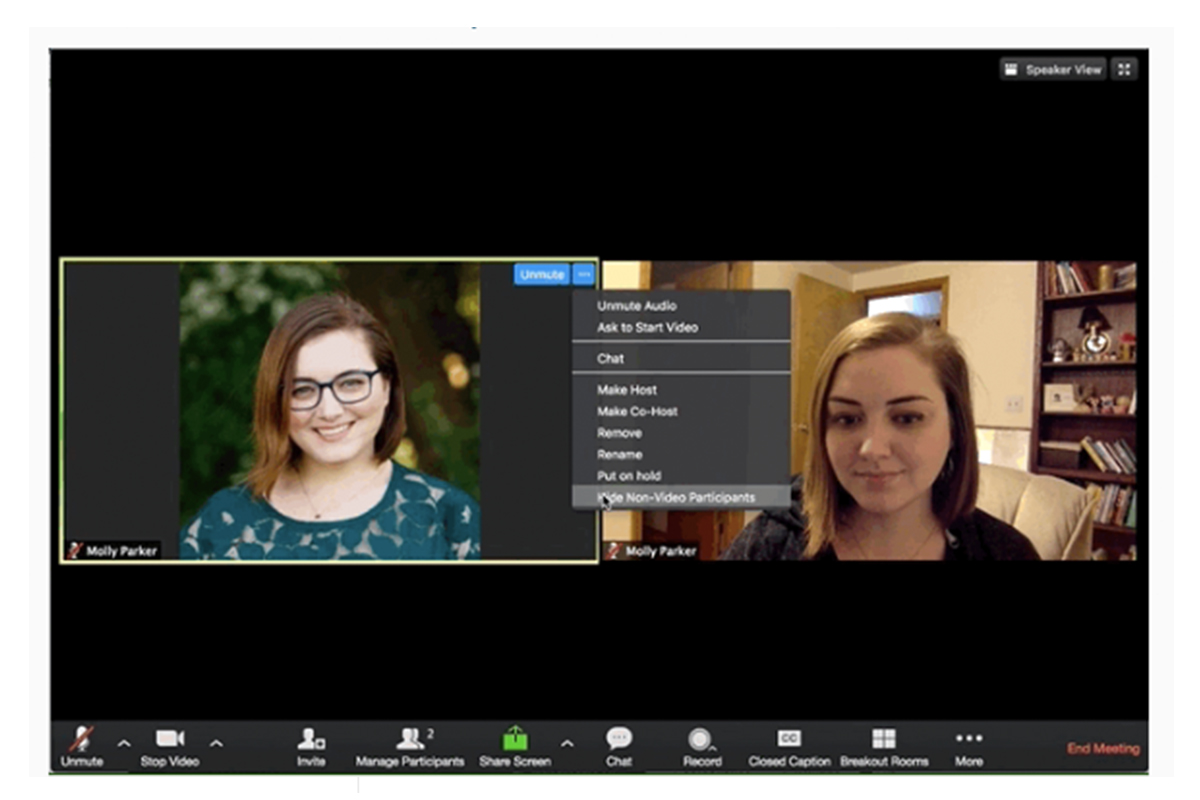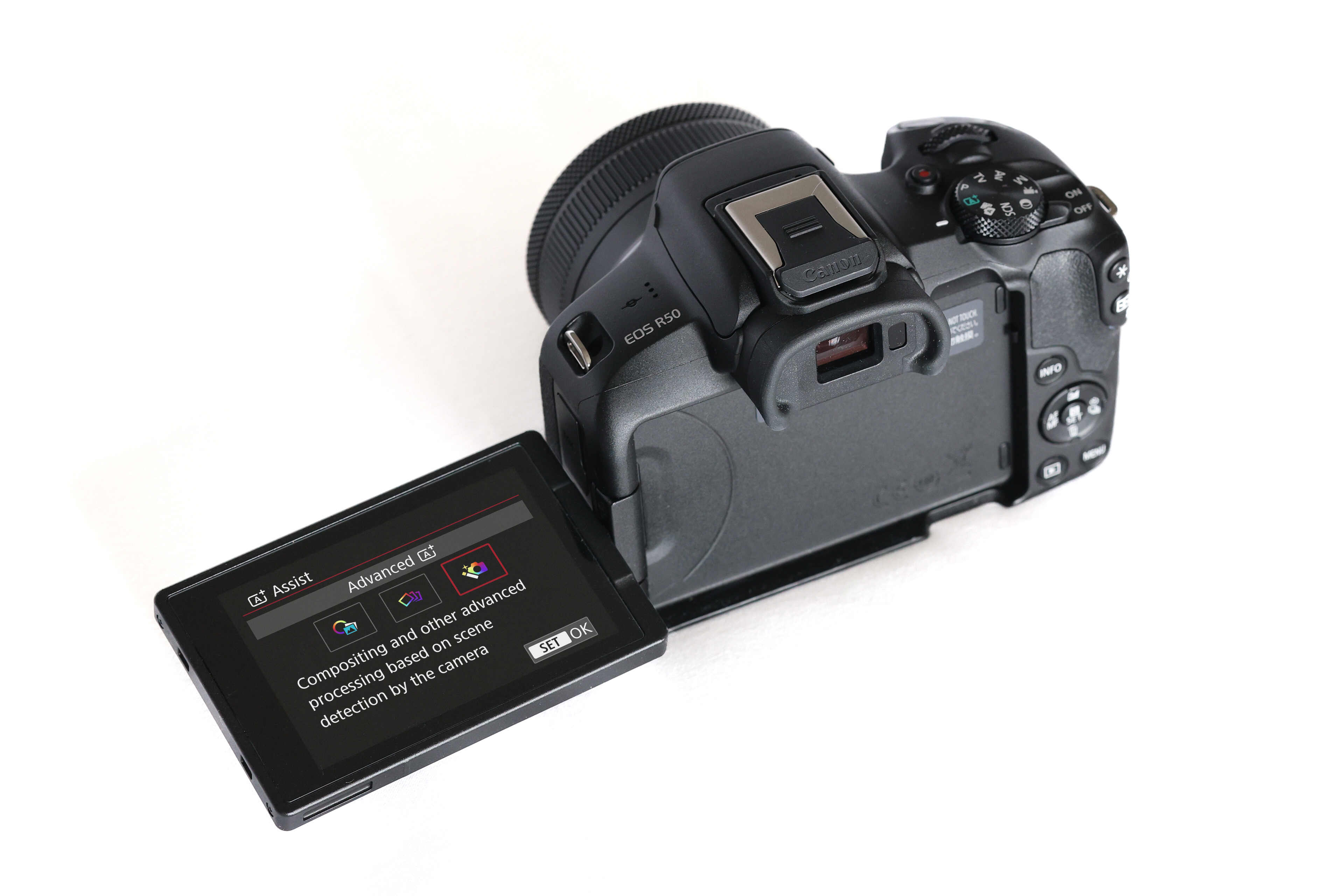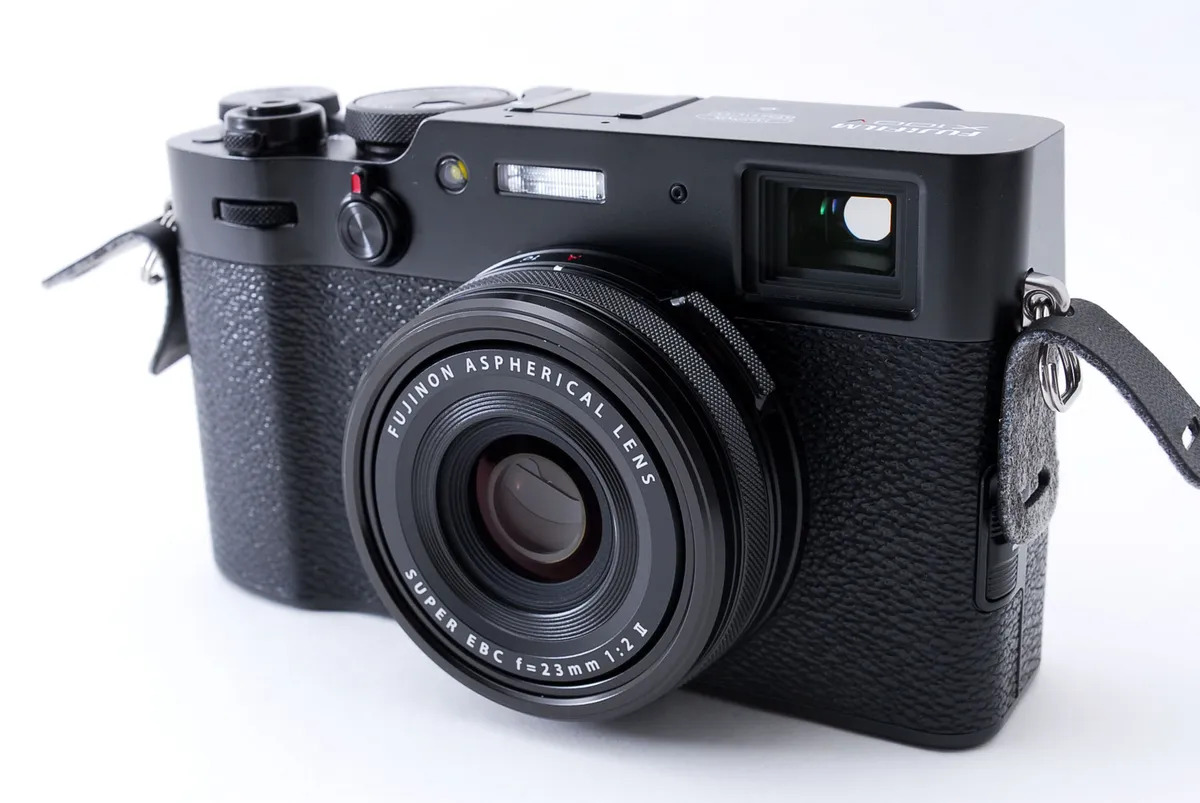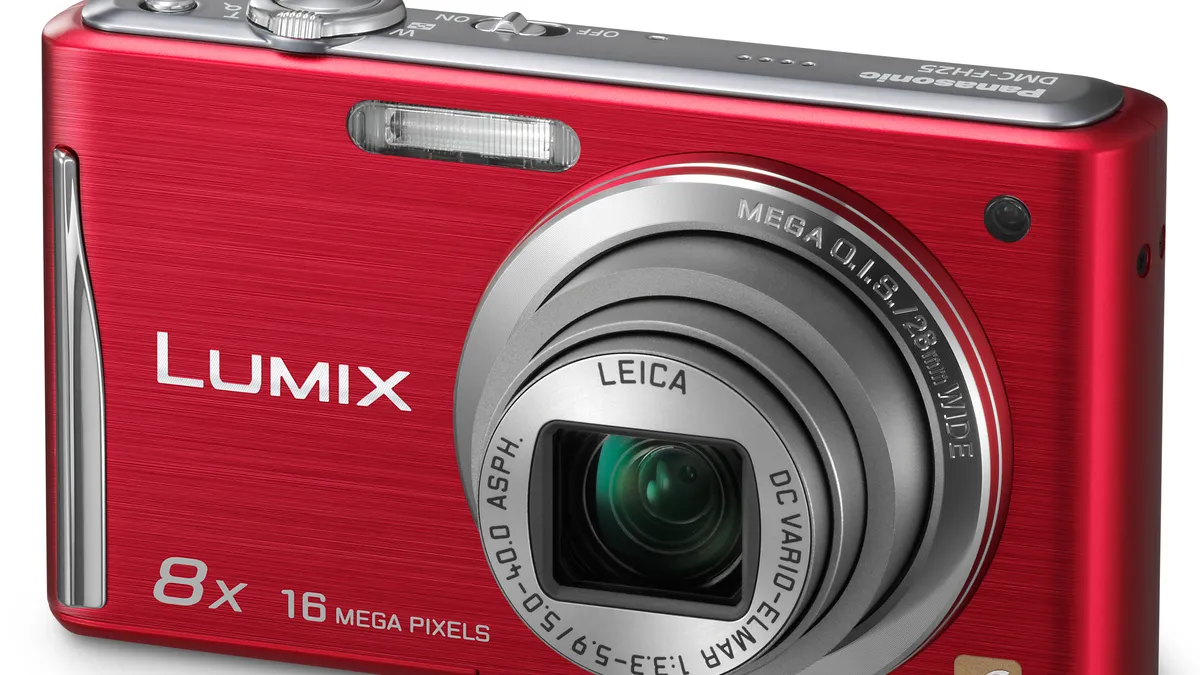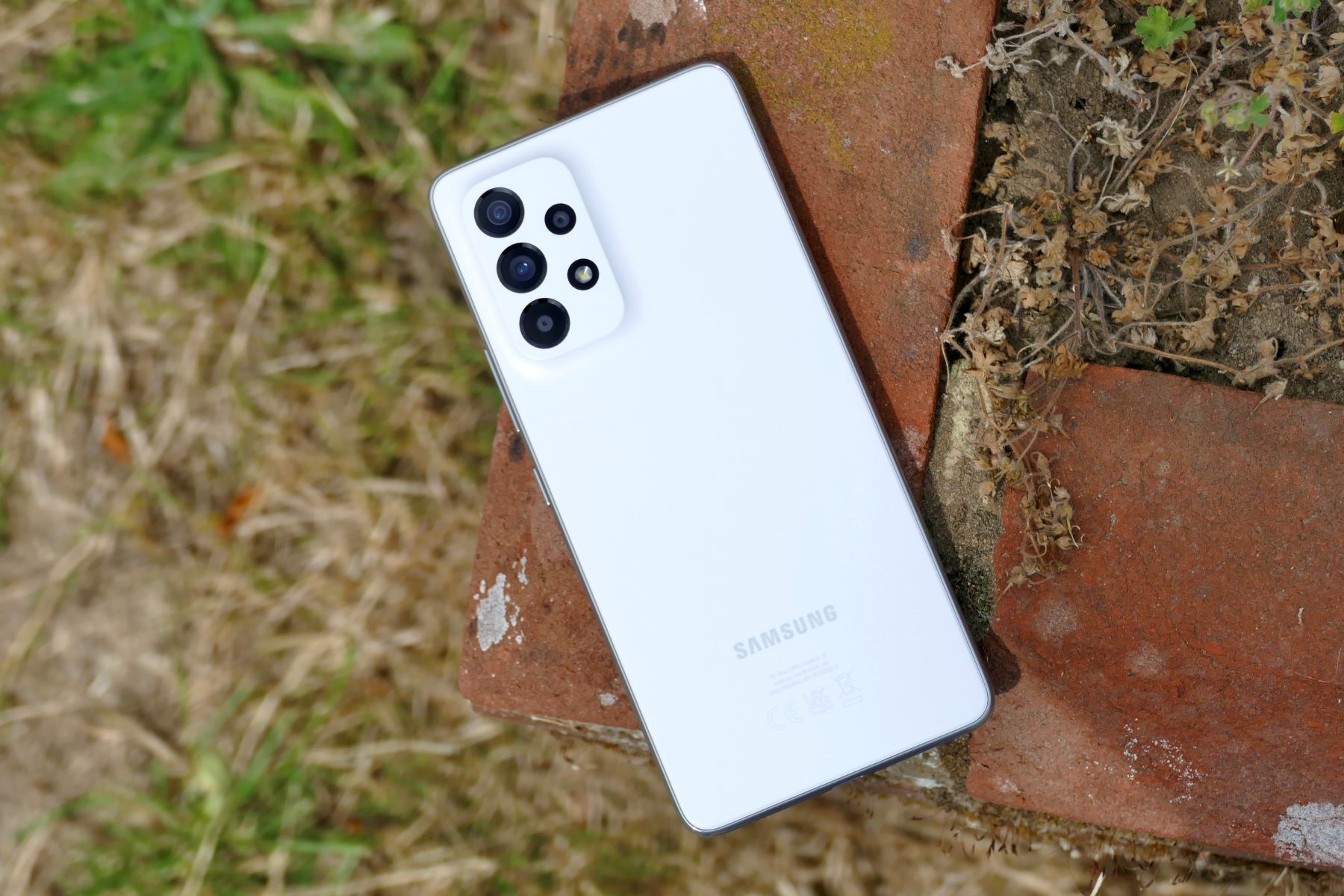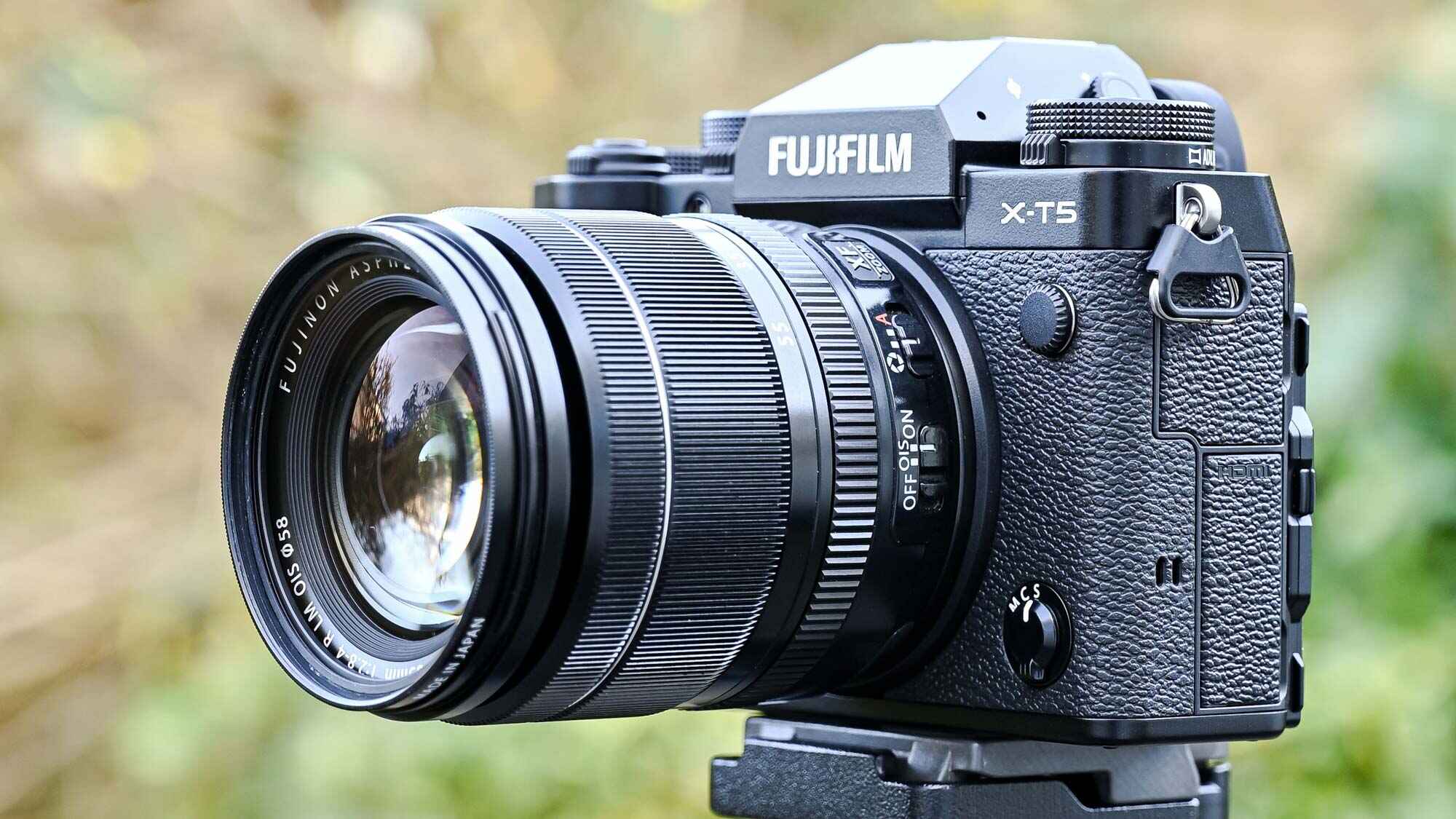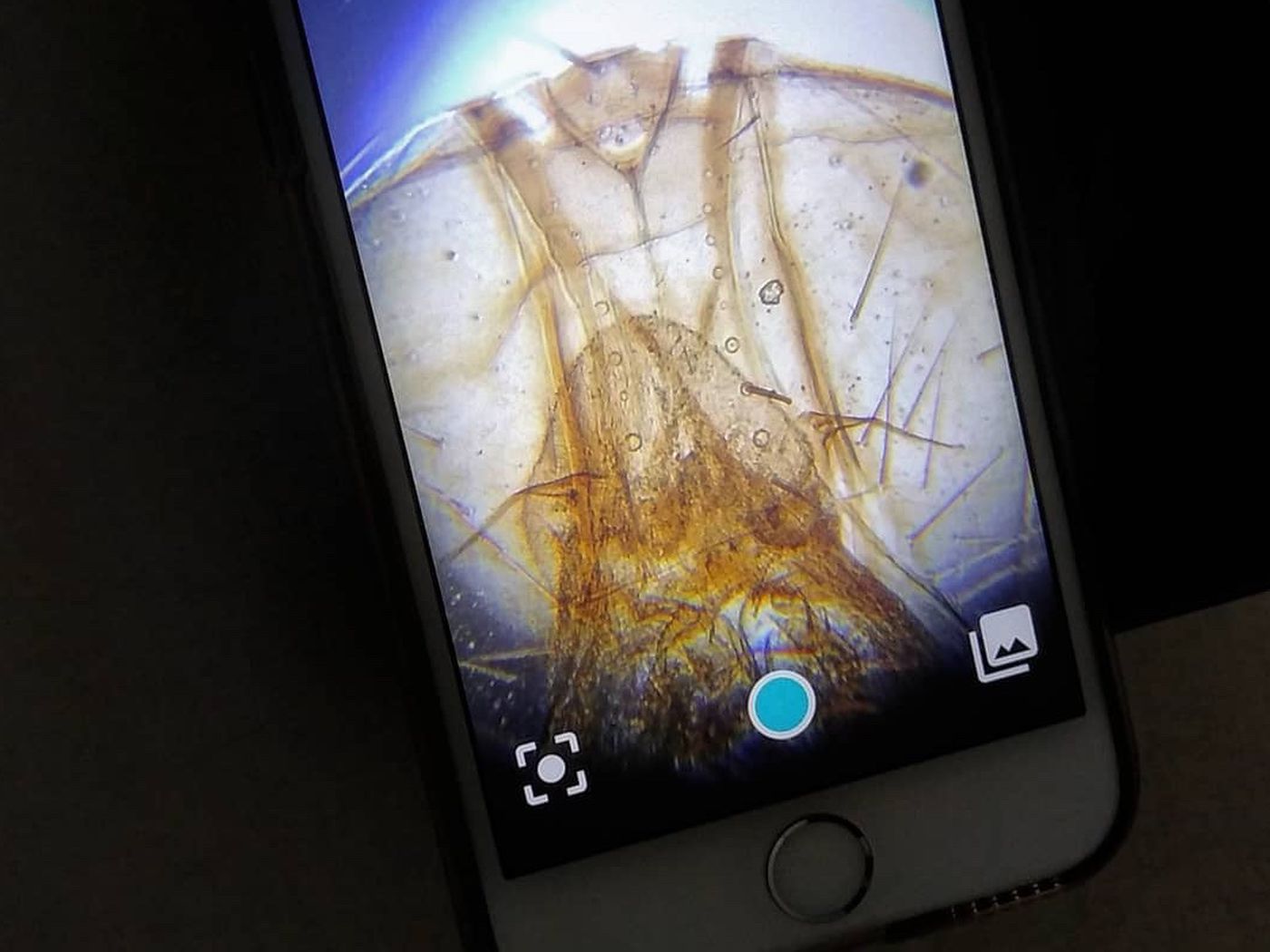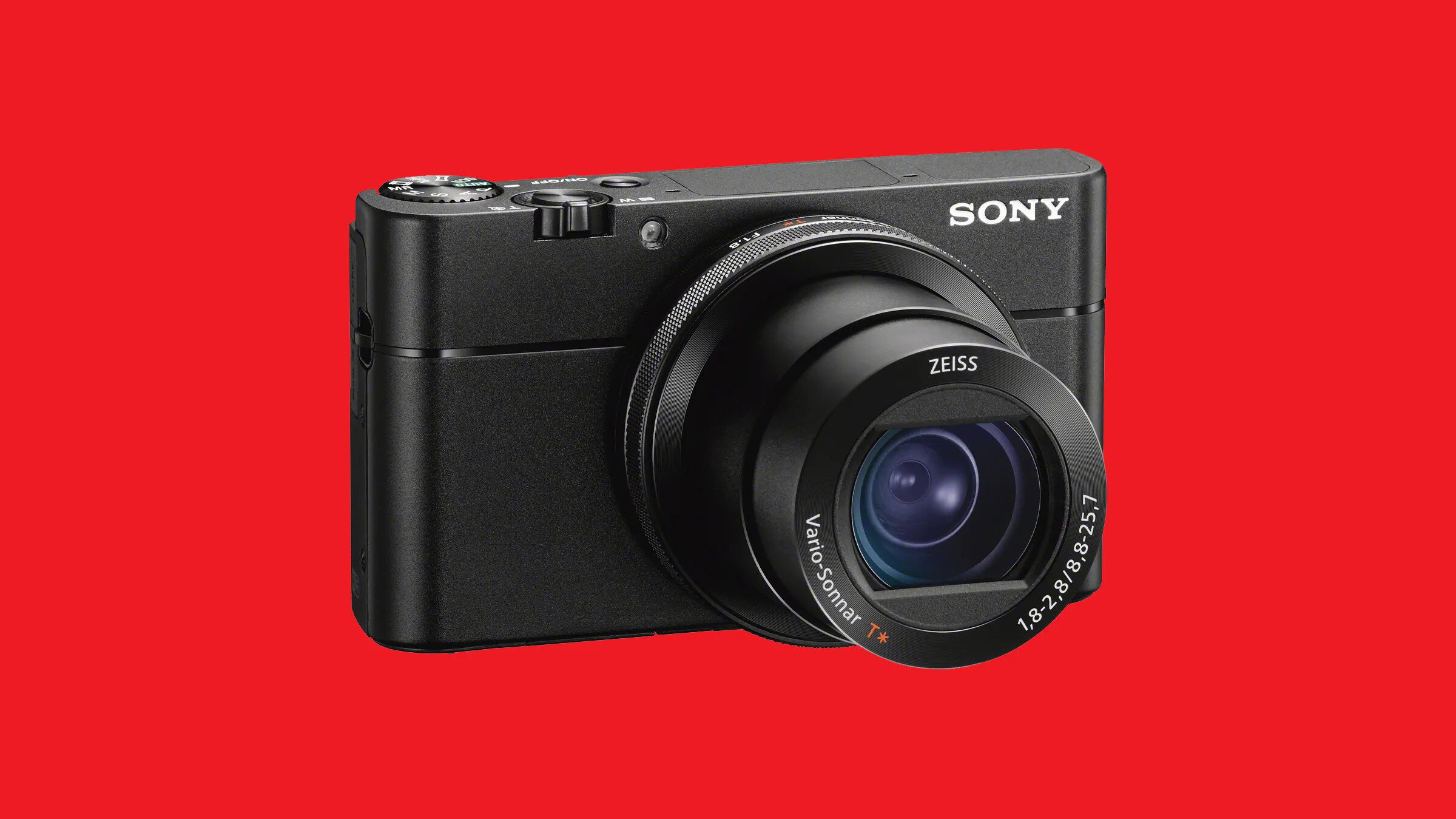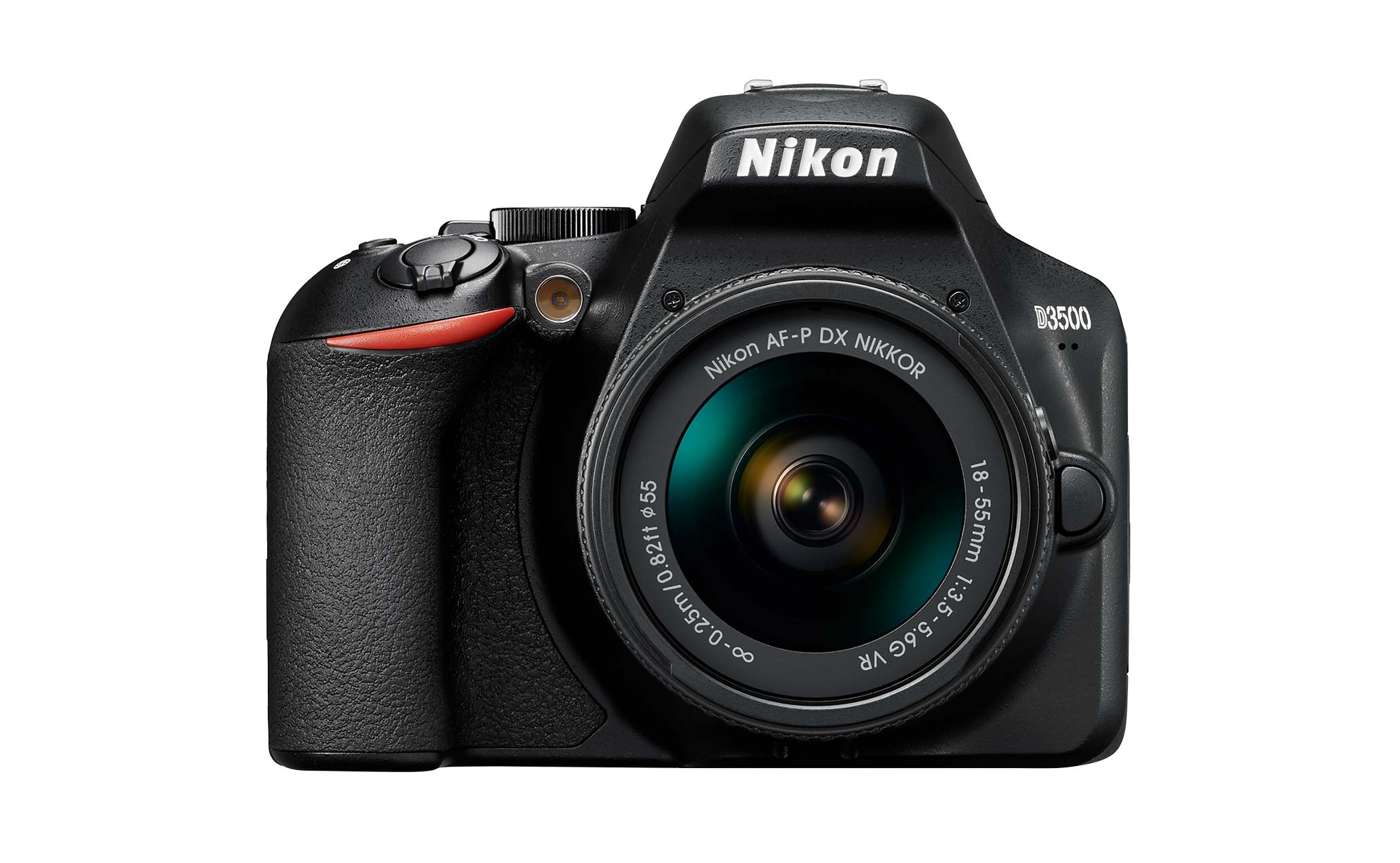Introduction
Welcome to the world of virtual meetings and online video conferencing! In today’s rapidly changing digital landscape, tools like Zoom have become essential for connecting with colleagues, friends, and family from the comfort of our own homes. Whether you’re attending a virtual team meeting, taking an online class, or catching up with loved ones, Zoom provides a user-friendly platform for face-to-face interactions.
One of the neat features that Zoom offers is the ability to flip your camera. This feature allows you to reverse the image captured by your device’s camera, so everything appears as a mirror image on the screen. You might be wondering, why would anyone want to flip their camera on Zoom? Well, there are a few reasons why this feature could come in handy.
Firstly, flipping your camera can make it easier to show or demonstrate something in real-time. For instance, if you’re using Zoom for a presentation or workshop and you’re showing a document or object to the participants, flipping the camera can ensure that what you’re displaying appears correctly on their screens.
Secondly, flipping the camera can be useful in situations where you want to create a more natural and interactive experience. By mirroring the image, participants on the other end of the call will see you as if you were sitting across from them. This can create a sense of connection and engagement during video meetings.
Lastly, flipping the camera can be helpful if you’re using Zoom for activities such as virtual fitness classes, dance lessons, or yoga sessions. The mirror image can provide better visual guidance for participants, as they can mimic your movements more easily.
Now that you understand the benefits of flipping your camera on Zoom, let’s explore how you can do it on both computer and mobile devices. Whether you’re running Zoom on a desktop, laptop, smartphone, or tablet, we’ve got you covered. So, let’s dive in and learn how to flip that camera!
Why would you want to flip your camera on Zoom?
The ability to flip your camera on Zoom can be a useful tool in various situations. Here are some reasons why you might want to flip your camera during a Zoom call:
1. Presenting or demonstrating content: If you’re sharing your screen or showcasing a document, flipping the camera can ensure that the content appears correctly to participants. This is particularly helpful when you’re using a whiteboard or presenting slides as it ensures that text and images are legible and not reversed.
2. Enhancing visual engagement: Flipping the camera can create a more natural and interactive experience during video calls. By mirroring the image, it appears as if you’re facing the participants directly, making the conversation feel more personal and engaging.
3. Virtual fitness classes and instruction: For fitness instructors or teachers conducting virtual classes, flipping the camera can provide better visual guidance. Participants can follow your movements as if they were looking into a mirror, making it easier to mimic the actions or exercises you’re demonstrating.
4. Improved self-perception: Some individuals prefer seeing their image mirrored during a video call. This can help them feel more comfortable and confident, as they are accustomed to seeing themselves in this way. Flipping the camera can allow them to view themselves in a familiar orientation.
5. Consistency with personal preferences: Some users simply prefer the aesthetic of a flipped camera image. Whether it’s due to personal preference or artistic reasons, being able to reverse the camera can help achieve the desired effect or look.
6. Adapting to cultural or language differences: In certain cultures or regions, written texts and symbols might be read and interpreted from right to left. By flipping the camera, presenters can make it easier for participants to understand and follow along, particularly when displaying text, diagrams, or examples during a virtual presentation.
These are just a few examples of why flipping your camera on Zoom can be beneficial. It’s a versatile feature that can improve communication, engagement, and overall user experience. Now that we’ve explored the reasons behind flipping the camera, let’s proceed to learn how you can do it on both computer and mobile devices.
How to flip your camera on Zoom on a computer
To flip your camera on Zoom while using a computer, follow these simple steps:
- Launch the Zoom application on your computer.
- Sign in to your Zoom account or join a meeting as a guest.
- In the meeting window, locate the video preview of yourself on the bottom left corner of the screen.
- Click on the “^” arrow next to the video preview to open the video settings menu.
- From the menu, select “Video Settings” to access the camera settings.
- In the video settings window, click on the “Webcam” tab.
- Look for the “Mirror my video” checkbox and click to enable it. This will flip the camera’s image.
- Once enabled, you should see the video preview mirror the image in real-time.
- Click on the “X” button to close the video settings window and save the changes.
- Your camera is now flipped, and participants will view the mirrored image during the Zoom call.
Note that these instructions may vary slightly depending on the version of the Zoom application you are using. If you encounter any difficulties or cannot find the camera settings, refer to the Zoom Help Center or consult the Zoom support team for further assistance.
Now that you know how to flip your camera on Zoom using a computer, let’s move on to exploring how to achieve the same effect on a mobile device, such as a smartphone or tablet.
How to flip your camera on Zoom on a mobile device
If you’re using a mobile device, such as a smartphone or tablet, to join a Zoom meeting, here’s how you can flip your camera:
- Open the Zoom app on your mobile device.
- Sign in to your Zoom account or join a meeting as a guest.
- Once you’re in the meeting, locate the video preview of yourself on the screen.
- Tap on the screen to reveal the meeting controls.
- Look for the “…” (more) button on the bottom right corner of the screen and tap on it.
- From the options that appear, select “Video Settings” to access the camera settings.
- In the video settings menu, you should see an option called “Mirror Front Camera”. This option will be available if you are using the front-facing camera on your device.
- Toggle the “Mirror Front Camera” option. When enabled, it will flip the camera’s image.
- Exit the video settings menu by tapping the “X” button or using the back navigation button on your device.
- Your camera is now flipped, and the participants on the call will see the mirrored image.
Please note that the steps outlined above are based on the current version of the Zoom app for mobile devices. Due to regular app updates, the user interface and options may vary slightly. If you encounter any difficulties or cannot find the camera settings, consult the Zoom Help Center or reach out to the Zoom support team for further guidance.
Now that you know how to flip your camera on Zoom using a mobile device, let’s move on to some troubleshooting tips in case you encounter any issues.
Tips for troubleshooting if the camera flip doesn’t work
If you’re experiencing issues with flipping your camera on Zoom, here are some troubleshooting tips to help you resolve the problem:
- Check camera settings: Ensure that your camera is properly connected and recognized by your device. Go to your device’s system settings and verify that the camera is functioning correctly outside of the Zoom app.
- Update Zoom: Make sure you have the latest version of the Zoom app installed on your device. Outdated versions may have compatibility issues or limited functionality.
- Restart the app: Close the Zoom app completely and relaunch it. Sometimes, a simple restart can resolve minor glitches or conflicts that may be affecting the camera settings.
- Restart your device: If restarting the app doesn’t work, try restarting your mobile device. This can help clear any temporary system errors and restore the camera functionality.
- Check app permissions: Ensure that the Zoom app has the necessary permissions to access your camera. Go to your device’s settings, locate the app permissions, and make sure that the camera access is enabled for the Zoom app.
- Disable any conflicting apps: Certain apps running in the background may interfere with the camera functionality on Zoom. Close or disable any unnecessary apps to eliminate any potential conflicts.
- Reinstall the app: If all else fails, try uninstalling and reinstalling the Zoom app on your mobile device. This can help resolve any software-related issues that might be preventing the camera flip feature from working correctly.
If you’ve attempted all of the above troubleshooting steps and the camera flip feature still doesn’t work, consider reaching out to the Zoom support team for further assistance. They will be able to investigate the issue and provide you with personalized guidance based on your specific device and software configuration.
By following these troubleshooting tips, you should be able to resolve most camera flip issues on Zoom and enjoy a seamless, mirrored camera experience during your video calls.
Conclusion
Flipping your camera on Zoom can be a useful feature that enhances your video conferencing experience. Whether you want to present content, create a more engaging atmosphere, or provide clear visual guidance, being able to reverse the camera image can be advantageous in various scenarios.
In this article, we explored why you might want to flip your camera on Zoom, such as for presentations, virtual fitness classes, or personal preferences. We also provided step-by-step instructions on how to achieve this on both computer and mobile devices.
If you encounter any difficulties during the process, we shared valuable troubleshooting tips to help you resolve common issues. Remember to check your camera settings, update the Zoom app, restart the app or device, and ensure that the necessary permissions are granted.
By utilizing these tips and techniques, you’ll be able to effortlessly flip your camera and enjoy a mirrored image during your Zoom calls. The ability to show content accurately, interact naturally, and provide clear visual guidance can significantly enhance your virtual communication and collaboration experiences.
So go ahead, flip that camera, and make the most out of your Zoom meetings!







